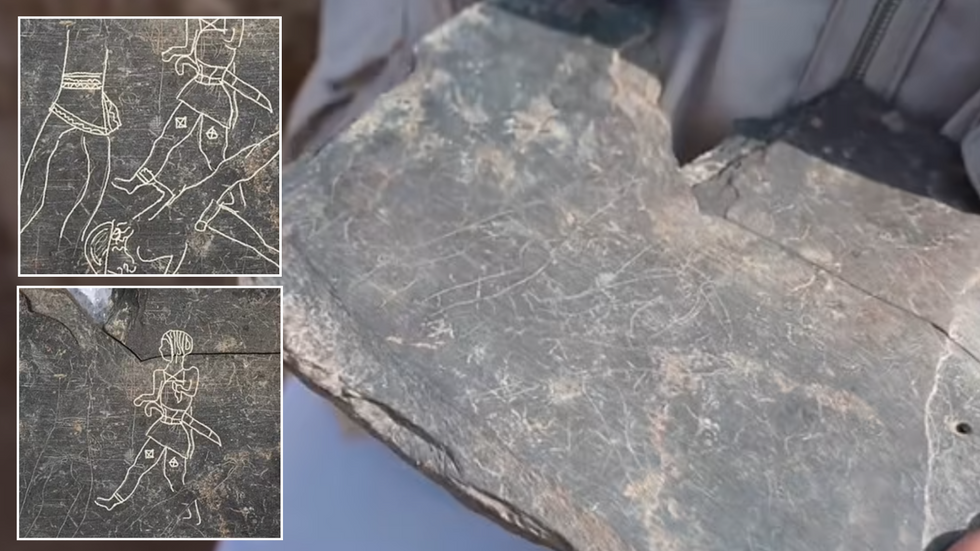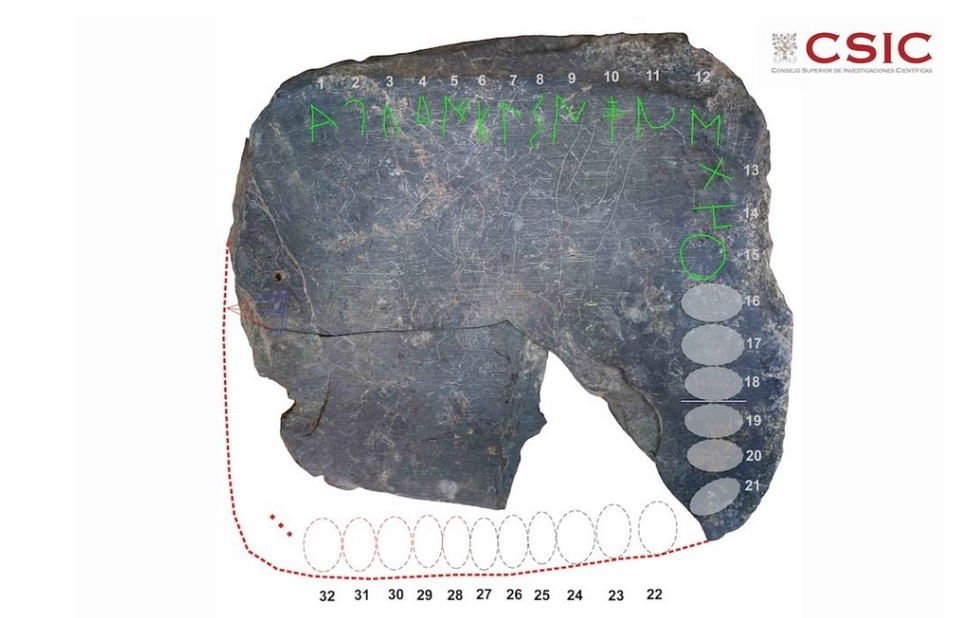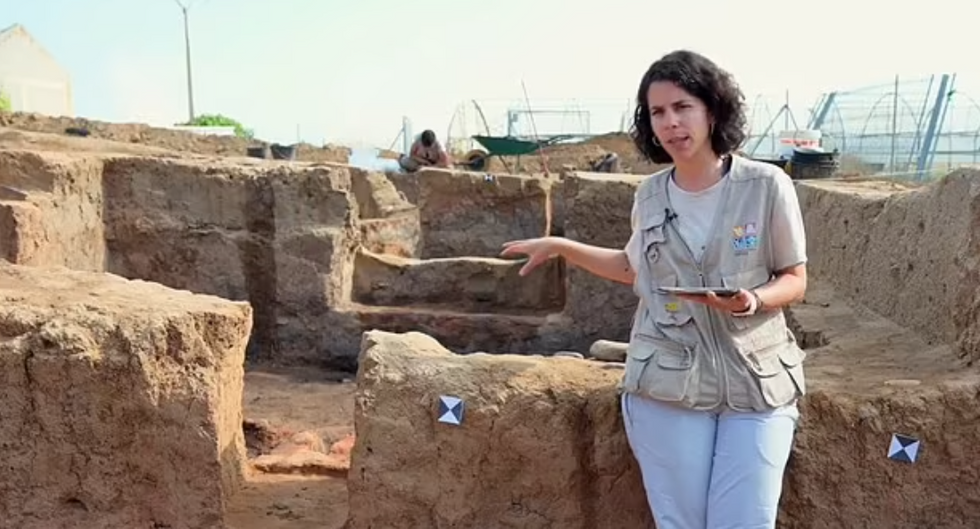Evidence of a 'lost' civilisation discovered with unearthed 2,600-year-old alphabetic tablet
The Spanish National Research Council (CSIC)
The Tartessos people mysteriously vanished from the face of the earth in the fourth century BC
Don't Miss
Most Read
Trending on GB News
Archaeologists in Spain have discovered a 2,600-year-old tablet inscribed with an alphabet of 21 symbols.
The Spanish National Research Council (CSIC) made the discovery during excavations at Casas del Turuñuelo, a dig site that is believed to have been a temple for the lost Tartessos people.
The Paleo-Hispanic society was an ancient civilization known for its elaborate writing system that first settled in the Iberian peninsula around the eighth century BC.
Often compared to the mythical city of gold, El Dorado, and the lost city of Atlantis, the Tartessos people mysteriously vanished by the fourth century BC.
 Evidence of a 'lost' civilisation discovered with unearthed 2,600-year-old alphabetic tabletThe Spanish National Research Council (CSIC)
Evidence of a 'lost' civilisation discovered with unearthed 2,600-year-old alphabetic tabletThe Spanish National Research Council (CSIC) On the eight-inch slate’s perimeter, there is an alphabet “sequence of 21 signs” in Paleo-Hispanic script, however, a part of the tablet has been broken off, meaning the additional signs have been lost.
“At least [six] signs would have been lost in the split area of the piece, but if it were completely symmetrical and the signs completely occupied three of the four sides of the plate, it could reach 32 signs,” Joan Ferrer i Jané, a researcher in paleohispanic philology at the University of Barcelona, said in a statement.
“It is a shame that the final part of the alphabet has been lost since … that is where the most pronounced differences tend to be.”
The CSIC said that the tablet, which predates the Rosetta Stone by 400 years, also features “a framework on which figures of warriors were found”.
THE LATEST SCIENTIFIC FINDINGS:

The tablet predates the Rosetta Stone by 400 years
The Spanish National Research Council (CSIC)
Drawings of faces, shapes and three warriors can be spotted on the 2,600-year-old object.
Archaeologists have theorised that the tablet was used like a sketch pad by artists to practise on before engraving their work on a more valuable item, likely made out of gold or ivory.
“This discovery represents a unique example in peninsular archaeology and brings us closer to the knowledge of the artisanal processes in Tartessos, invisible until now,” Esther Rodríguez González, an archaeologist who helped lead the excavations, said.
“At the same time, it allows us to complete our knowledge about the clothing, weapons or headdresses of the characters represented.”

The Spanish National Research Council (CSIC) made the discovery during excavations at Casas del Turuñuelo
The Spanish National Research Council (CSIC)
The Tartessians were a mixture of indigenous people and Greek and Phoenician colonisers.
Whilst it is unknown if they were a large city-state, or a full nation, archaeologist Richard Freund of Christopher Newport University told travel site Atlas Obscura in 2021 that “their sophistication was remarkable”.
Their demise is often speculated by experts to have been caused by either an earthquake or a tsunami.







